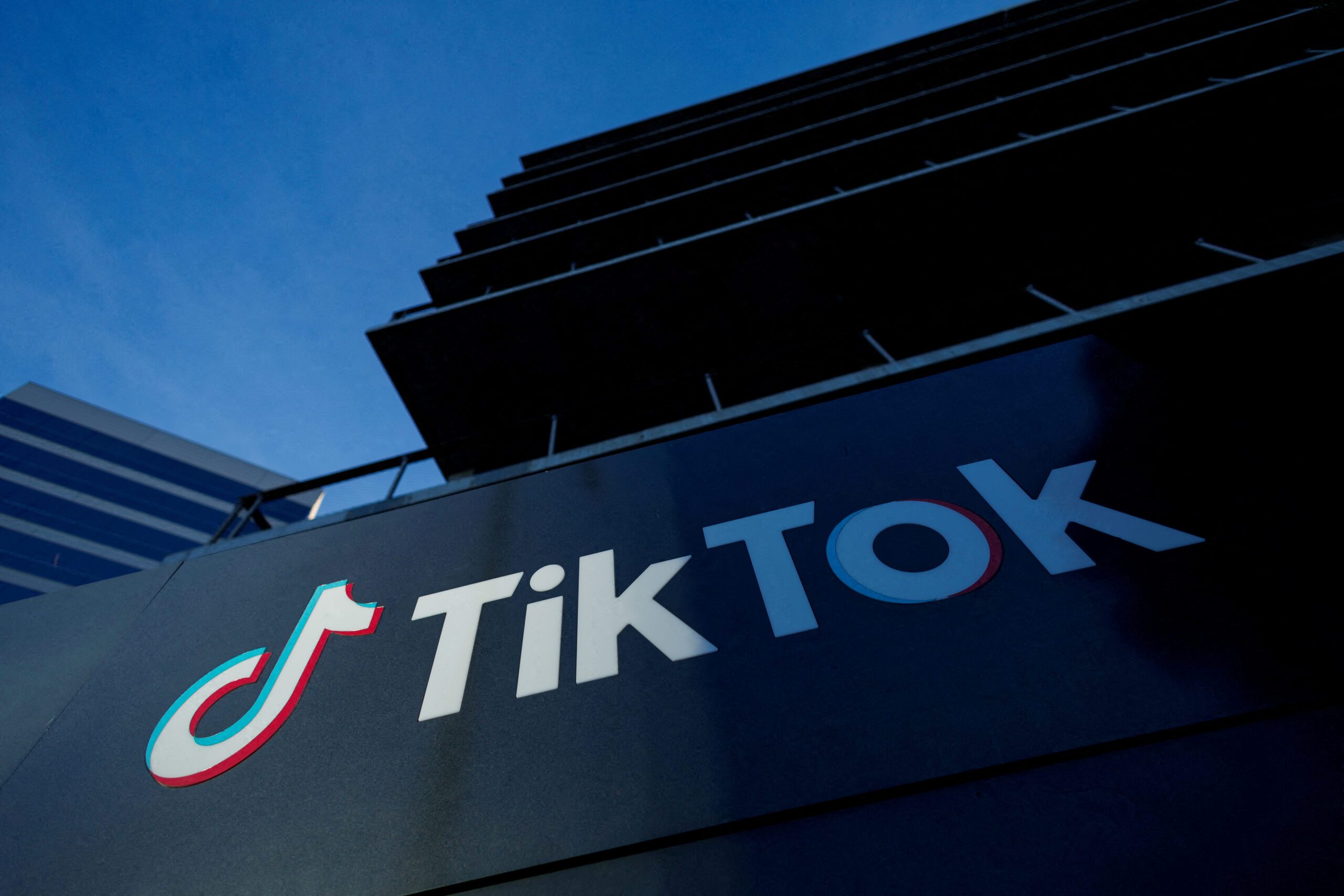TOKYO, Japan — According to Nikkei, Japan Airlines wants to enter the flying car market in fiscal year 2025. The airline will begin operating a passenger transportation service between airports and tourism spots in Mie Prefecture and adjacent places. It intends to grow the company into one that can transport people to multiple areas in the same way that a taxi can. The move comes amid increasing competition to commercialize flying cars in regions around the world. For the industry to take off in Japan, it will be critical to establish the required safety rules. Volocopter, a German firm in which JAL invested in 2020, will be used by JAL. The eVTOL, or electric vertical takeoff and landing aircraft, is a two-seater drone-type aircraft with a cruise range of 35 kilometers. It has a top speed of 110 km/h. JAL and Mie Prefecture recently signed a collaboration agreement to undertake experiments and commercialize the service. It will first test flights over a small distance of 20 kilometers before moving on to flights that connect local cities over a medium distance of 50 to 150 kilometers. When it launches in fiscal year 2025, the service is anticipated to connect tourist locations with the prefecture’s main airport, where departure and arrival ports will be simple to set up. In the end, JAL wants to create a taxi-like service that can transport clients anywhere within a medium-distance range. JAL intends to provide operator services such as operator training and safety management to other transportation firms in addition to operating the service as a transportation company. In fiscal year 2025, its competitor ANA Holdings is also considering launching a similar transportation service. Flying automobiles don’t need a runway to take off and land, and they can travel around freely. They are supposed to aid in the reduction of traffic congestion in cities with limited space for road infrastructure expansion. Regulation, on the other side, is required to make the service socially acceptable. Flying services are authorized in Mie Prefecture, but not between it and other prefectures, due to an unique zone. The Japanese government views aircraft with electric propulsion and autopilot systems to be flying cars, and is hurrying to enact regulations. By 2025, it intends to have new and amended regulations in place./n
Read MoreJAL aims to launch flying car business in fiscal 2025
2021-07-09T09:17:16-04:00July 9th, 2021|





